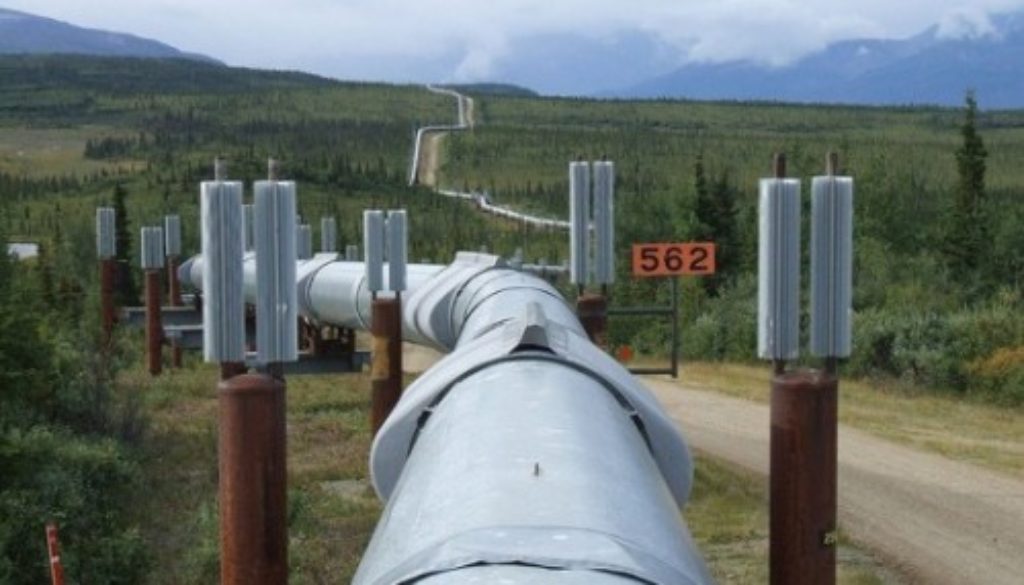Pipeline Spill Cleanup Plans Deserve a Hard Look
By Ann Alexander, Natural Resources Defense Council
If you had to pick the worst possible environmental disaster that could befall the Great Lakes, a major oil pipeline spill would have to be near the top of the list. And if a spill does happen to our inland waters, it’s absolutely critical that we get the cleanup response right. Without complete information and a solid response blueprint upfront, a cleanup effort may end up being inadequate to deal with the mess, or even sometimes making matters worse.
With stakes that high, NRDC finds the notion of rubber stamp approvals of pipeline spill cleanup plans unacceptable. Fortunately, a federal court in Michigan recently agreed, in a case brought by the National Wildlife Federation (represented by the University of Michigan Law School environmental clinic) against the Pipeline and Hazardous Materials Safety Administration (PHMSA) concerning the Enbridge Line 5 pipeline. PHMSA is required under the Clean Water Act to review and approve a pipeline operator’s spill contingency plan, but the agency took the position that it has no real discretion in the approval process—and hence that it didn’t need to review the environmental impacts of the plan under two key federal environmental review statutes, the Endangered Species Act (ESA) and the National Environmental Policy Act (NEPA). The court held that PHMSA does indeed have discretion, and that the reviews must be done.
The case is now on appeal to the Sixth Circuit Court of Appeals, where NRDC recently submitted an amicus curiae brief supporting the Michigan court’s decision. NRDC brought to bear its decades of work on oil pipeline issues as well as ESA and NEPA—most recently on display in our challenges to the Keystone XL pipeline—to explain the real-world importance of environmental review of spill plans.
The 40+ year old ESA and NEPA statutes are fundamental underpinnings of U.S. environmental law, each requiring that federal agencies closely evaluate potential impacts before undertaking any major action. The ESA requires that agencies consult with the U.S. Fish and Wildlife Service if listed species may be present in the project area, and identify mitigating steps if necessary; and NEPA requires that the agencies take a “hard look” at projects by developing an array of alternatives and considering the varying environmental impacts of each. NRDC has brought literally hundreds of cases under these statutes over the years to ensure that they are robustly applied.
In our amicus brief, we explained in the first instance that without ESA and NEPA review of pipeline spill plans, there is often no other opportunity for environmental review of domestic oil pipelines, despite their potential to cause catastrophe. While some pipelines require federal approvals before they are built—for instance, natural gas pipelines have to be approved by the Federal Energy Regulator Commission and hence are subject to ESA and NEPA—domestic oil pipelines do not. You can just go ahead and build one, with no advance PHMSA approval or federal environmental review at all. Requiring ESA and NEPA review of the spill plans thus serves as a critical backstop to ensure that somewhere along the line, government decisionmakers are carefully thinking through environmental impacts.
In addition, we explained how environmental reviews can provide the type of information that is genuinely helpful in determining the adequacy of a spill contingency plan. There is no one size fits all plan to clean up an oil spill. What’s appropriate very much depends on factors such as the type of oil involved, the types of environments that may be affected, and the presence of endangered species in those environments. For example, if endangered surface animals such as seabirds are involved, you might want to get the oil off the surface right away by using dispersants so that the oil sinks to the bottom. But dispersants can be toxic, so if there is a shellfish population at the bottom the dispersants might be inadvisable. You can burn the oil off to get rid of it, but then you risk severe air pollution impacts on surrounding populations. Some types of heavy “nonfloating” oil are so persistent if they sink that cleaning them off the bottom might cause even worse damage. And so forth.
Review under ESA and NEPA would allow PHMSA to take these types of variables into account, and consider alternative approaches to cleanup in light of these considerations. While PHMSA may not have unbounded discretion under the law in the plan approval process, the Michigan court found that it certainly has enough wiggle room to meaningfully think through the issues.
Sadly, we’ve seen the cost of poor information in the spill cleanup process, and it’s a cost we can’t afford. In the disastrous 2010 spill from an Enbridge pipeline into the Kalamazoo River, no one—including cleanup crews—knew at the outset they were dealing with nonfloating oil from the Canadian tar sands, because Enbridge lied about that fact. It’s critical when nonfloating oil is involved that you remove it immediately—unlike conventional floating oil, which lasts a longer time on the surface. We’ll never precisely know what could have been done to limit the tragedy if cleanup crews had information from the outset about what they were dealing with—but we do know that the Kalamazoo spill ended up being the costliest inland spill in U.S. history.
So our fingers are crossed that the Sixth Circuit does the right thing and upholds the Michigan court’s decision requiring caution and deliberation in oil spill contingency planning. Because haste, in this context, can result in some pretty colossally destructive waste.

